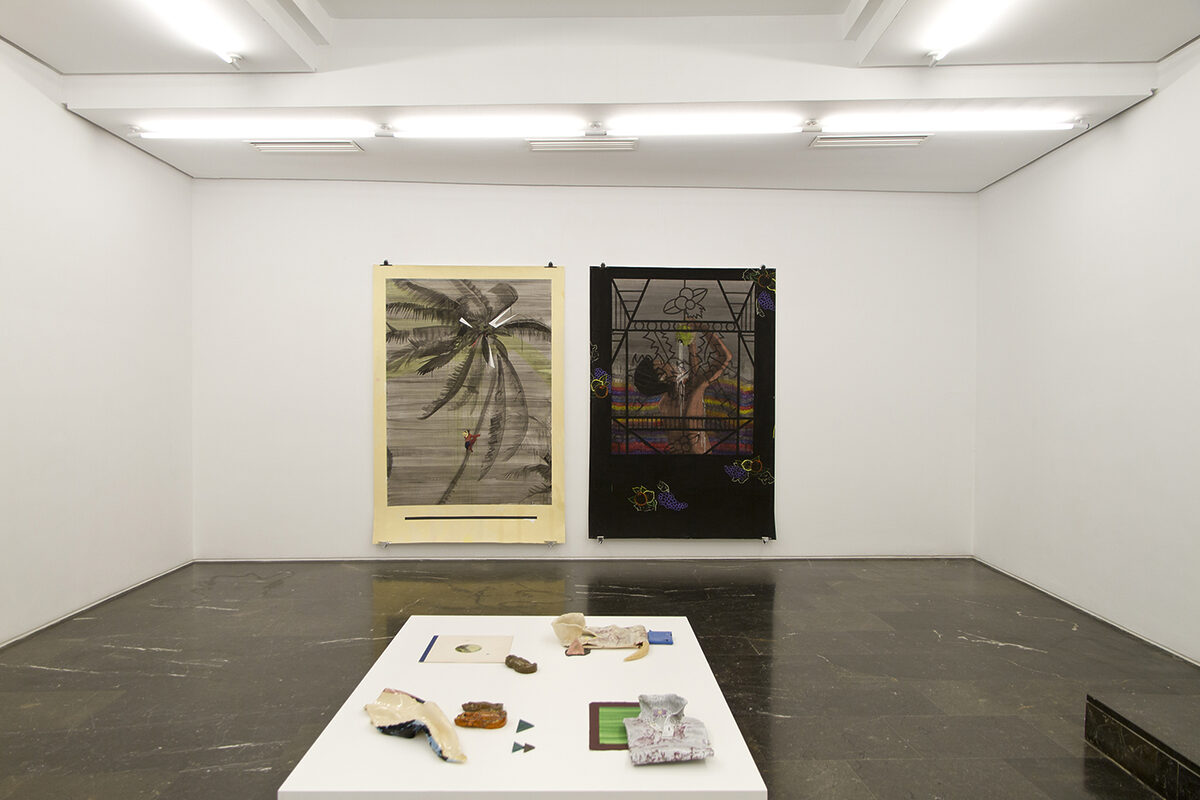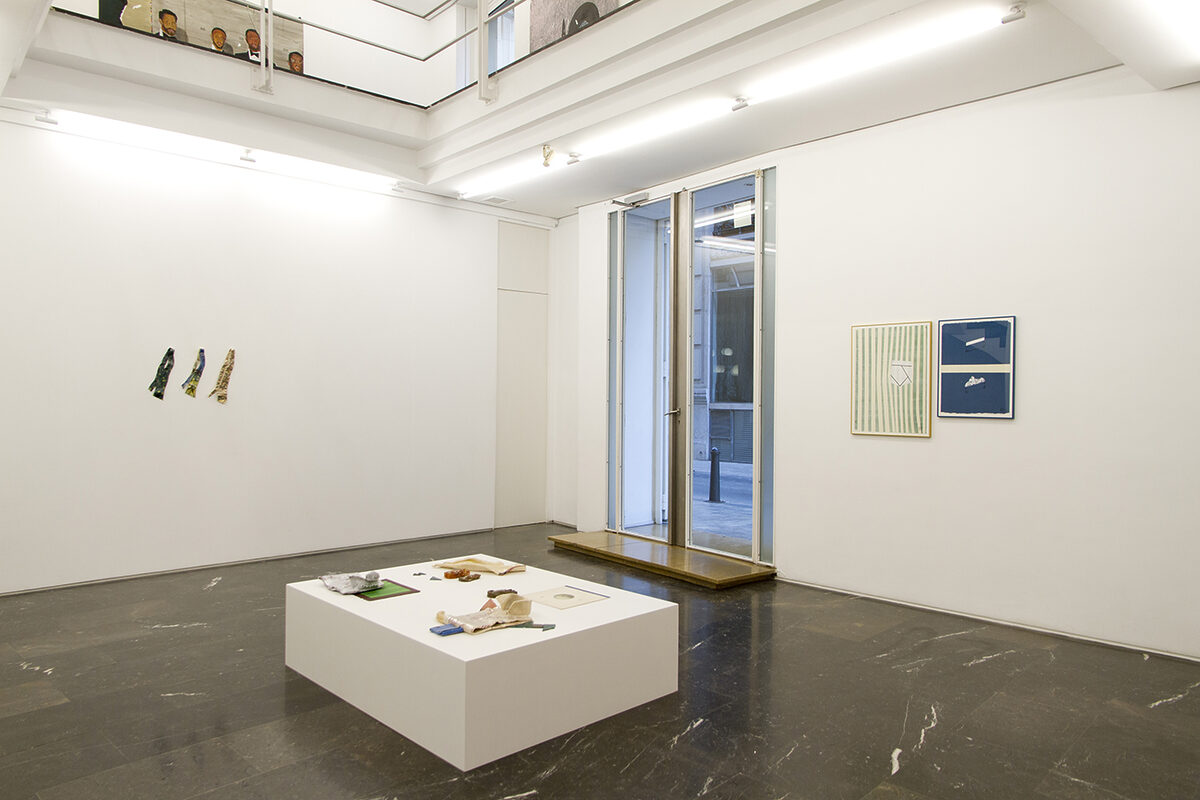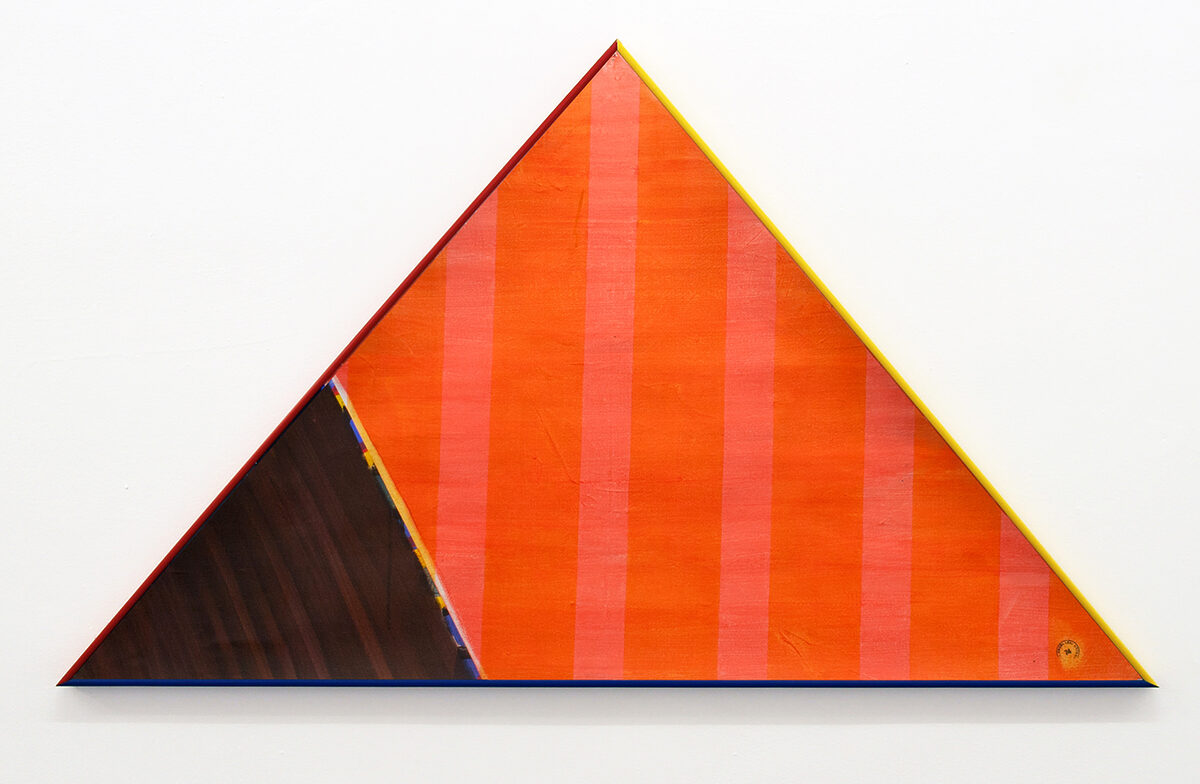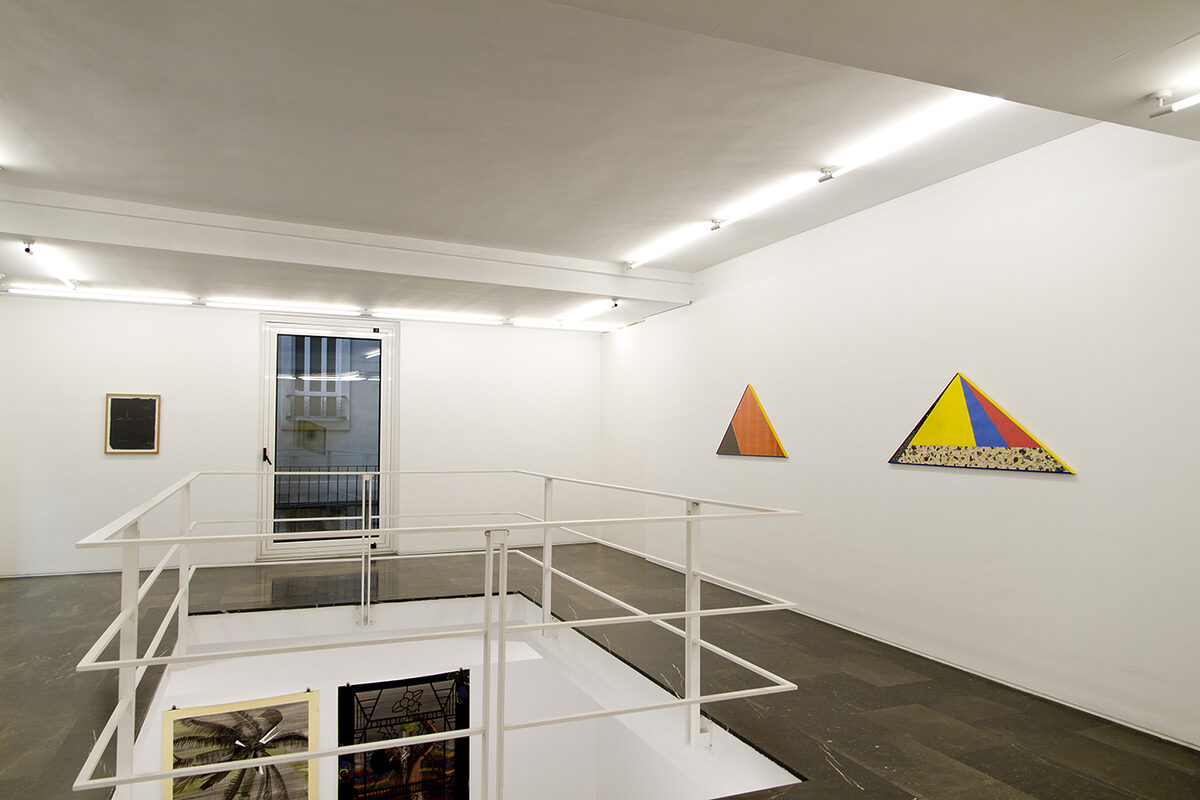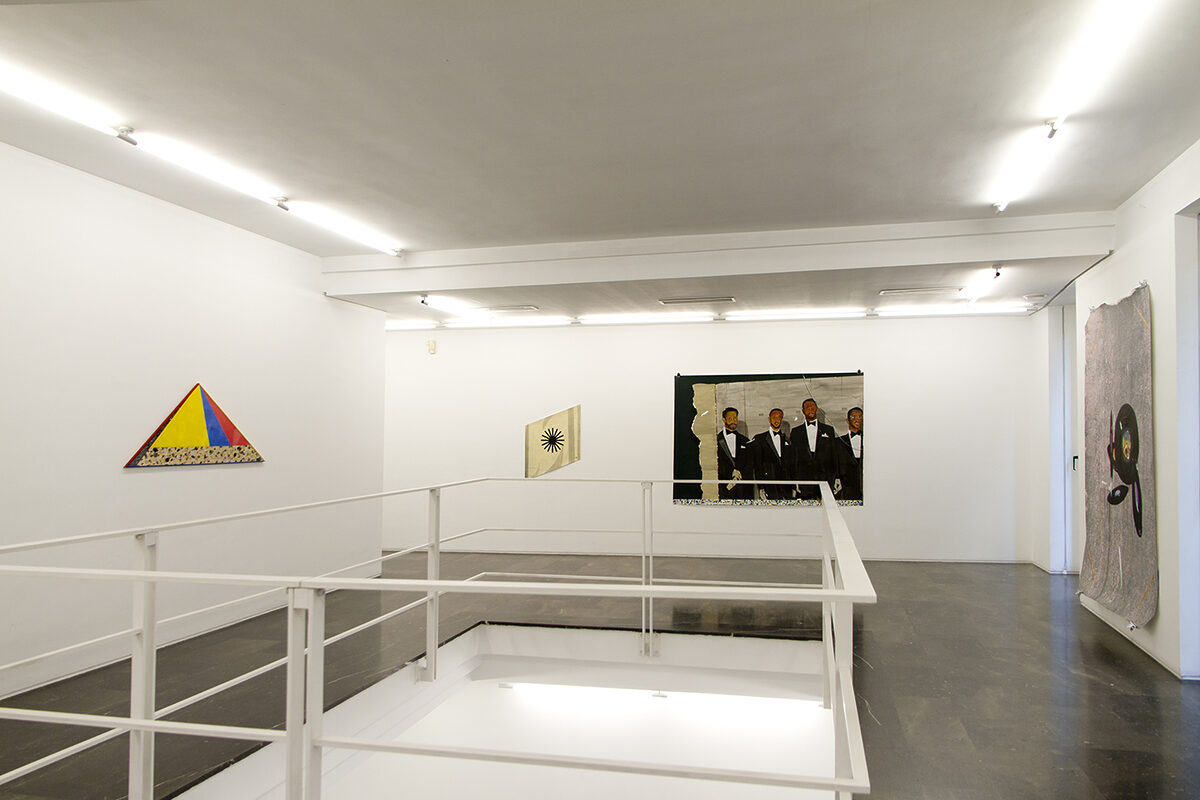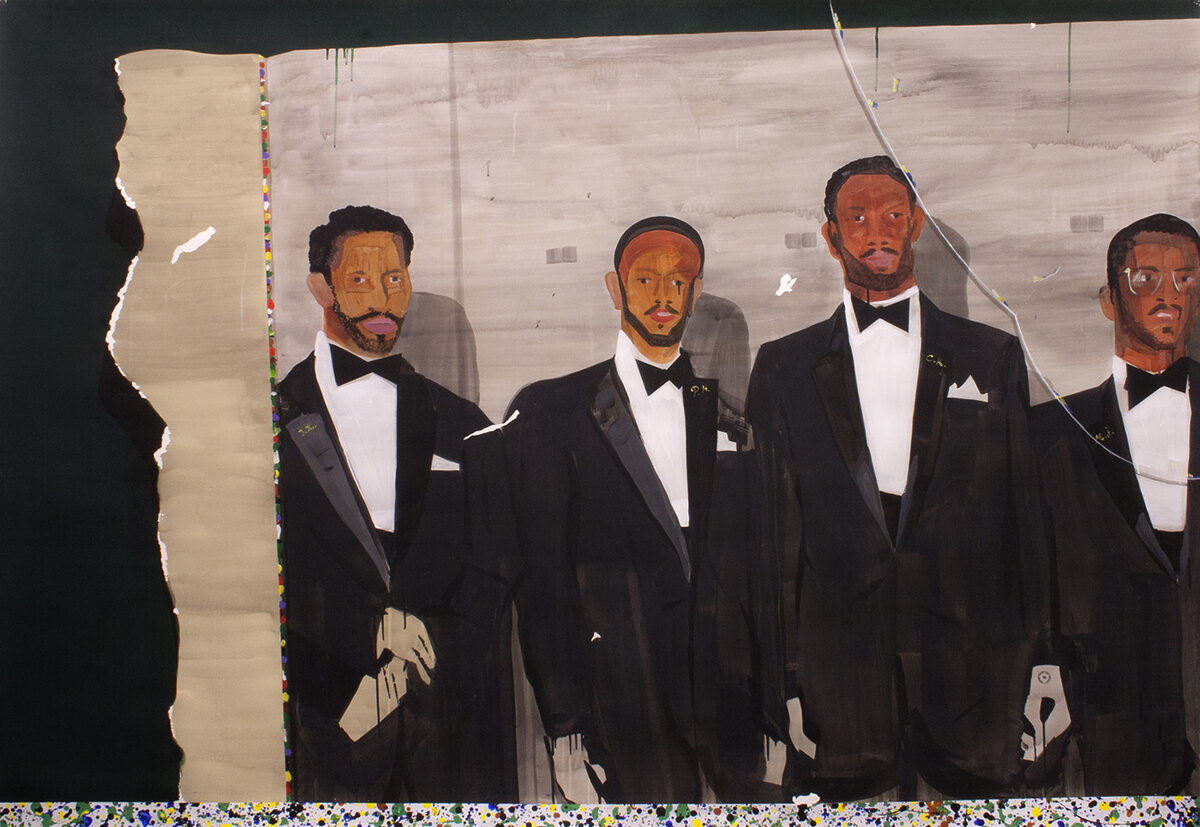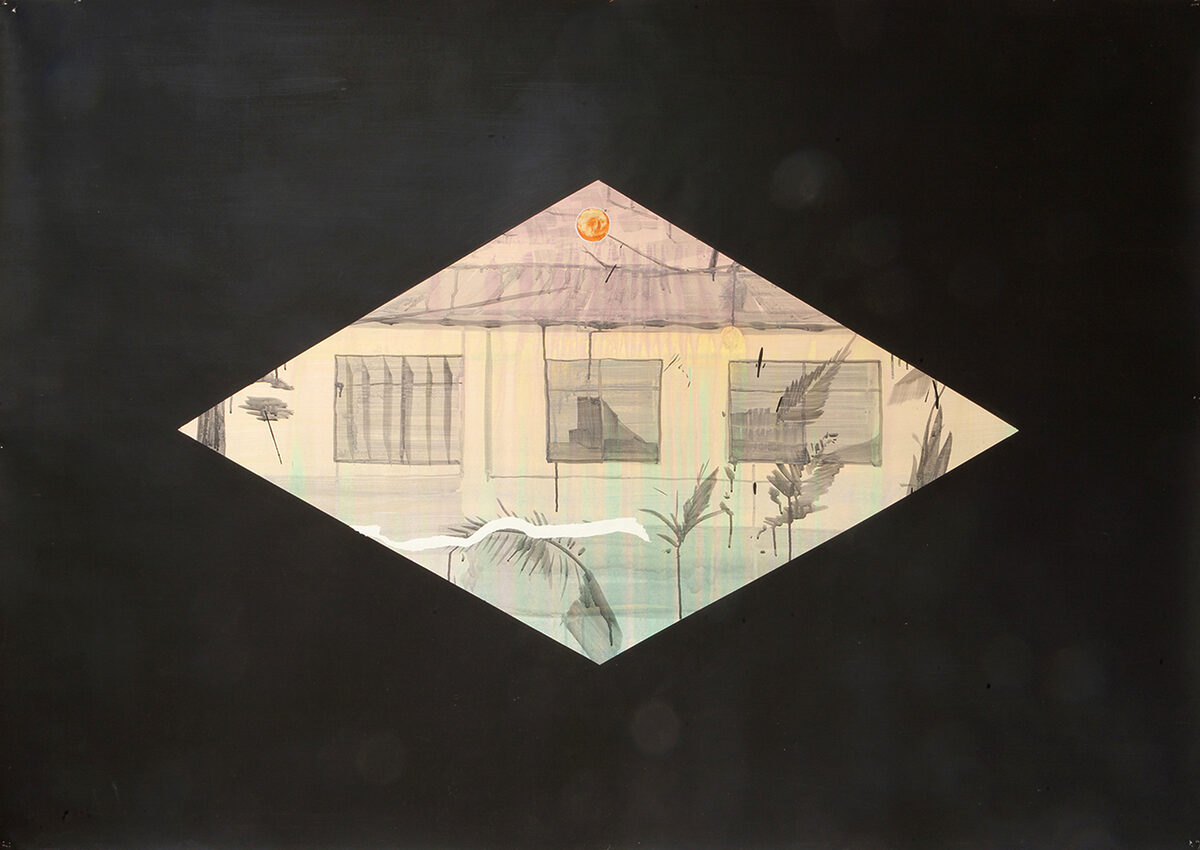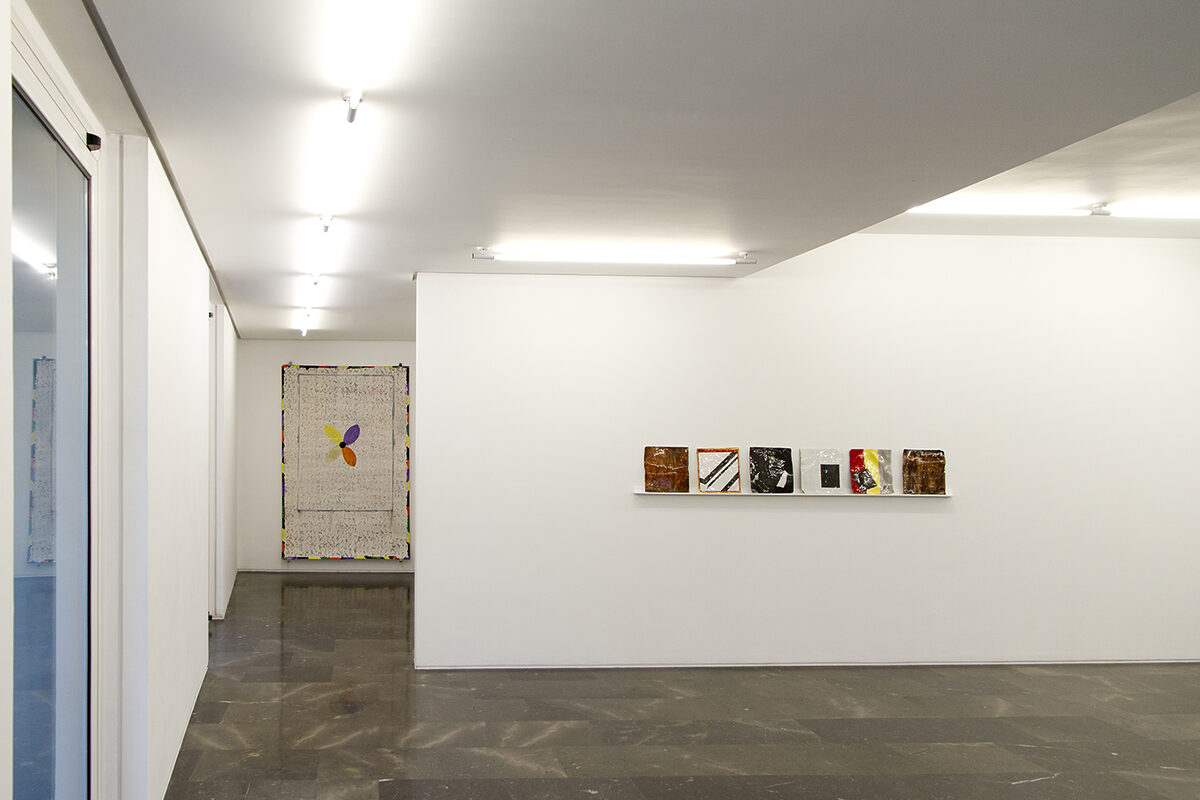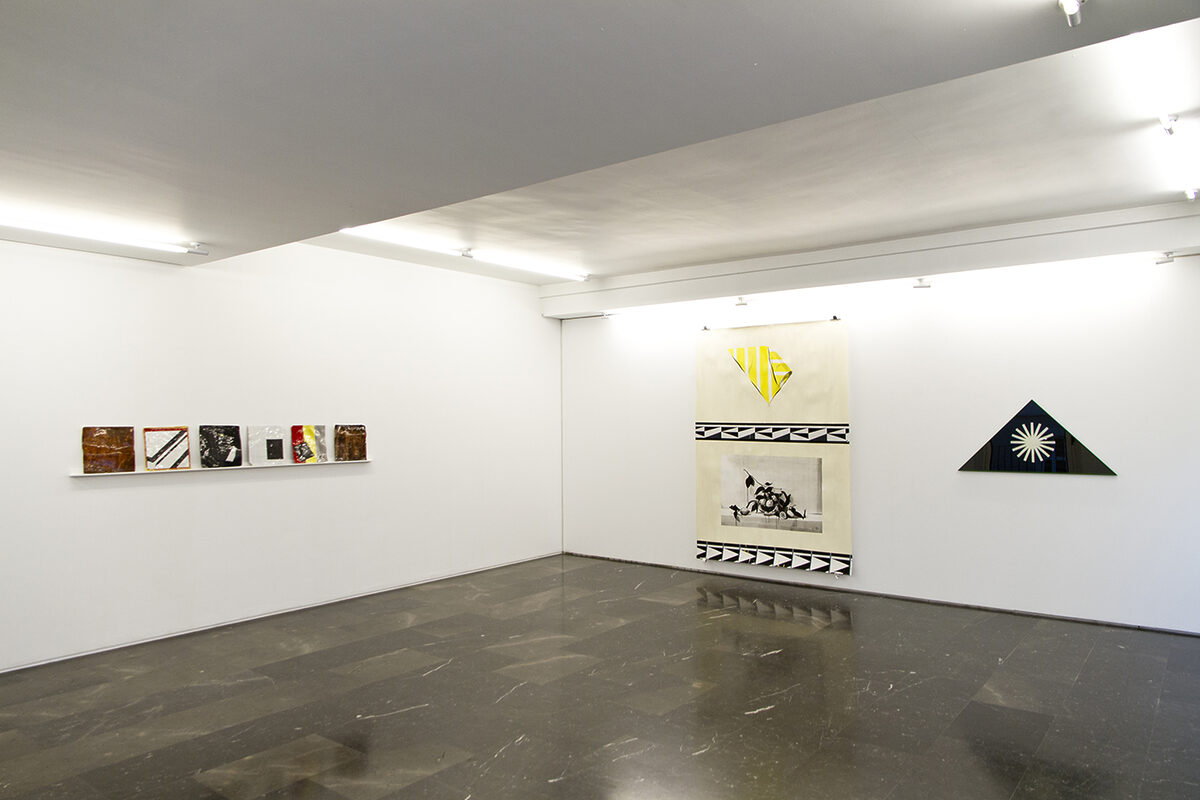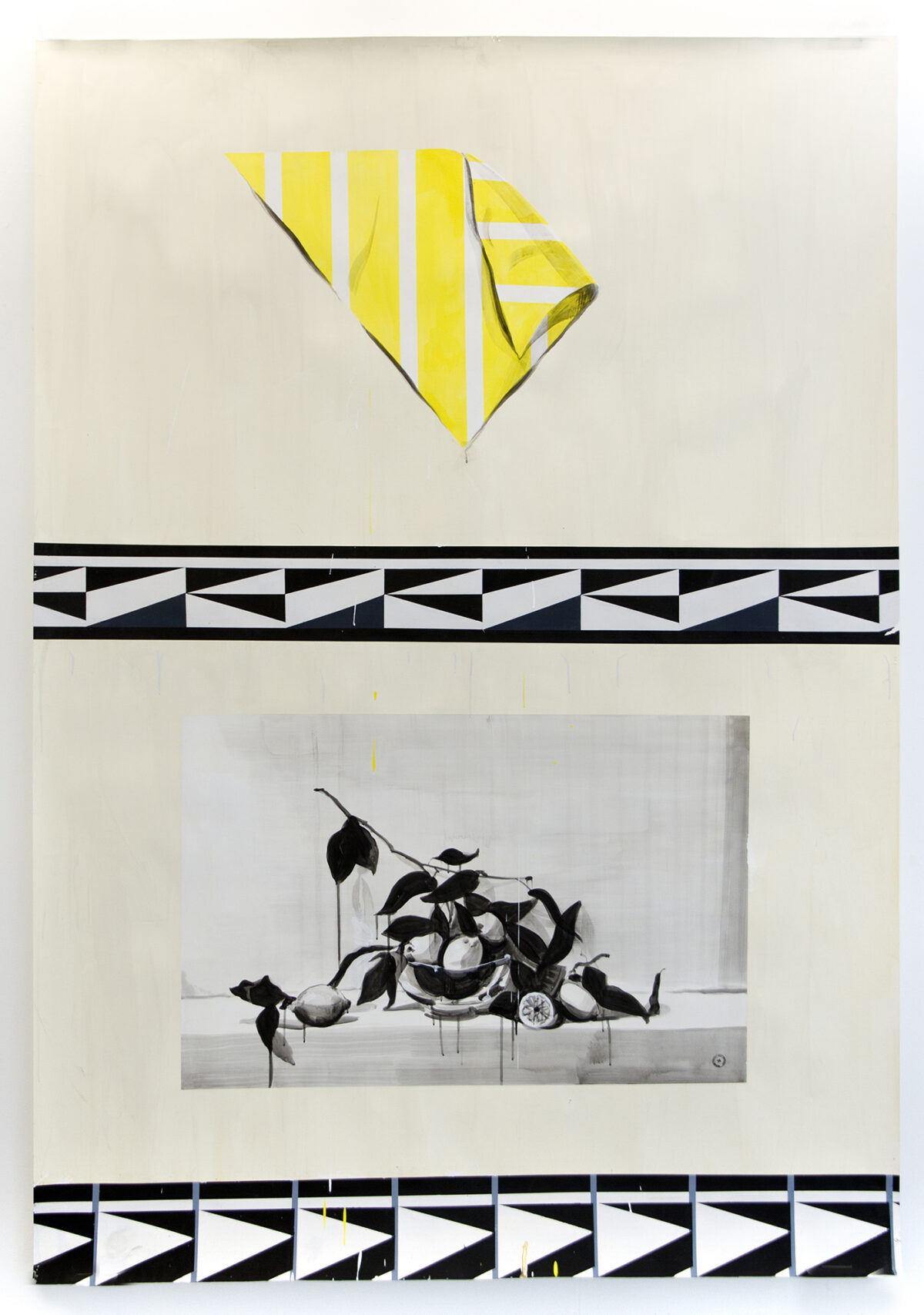I don’t know if you have noticed that the best ballads in the world are famous for being made by heavy music groups. This is a youthful belief that became an urban legend.
This exposition has a structure similar to the musical structure of a heavy ballad: A/A/B/B/A (part A or introduction; part A or development of the first part, part B or refrain; final part A with the same structure as the introduction).
Parts of the exhibition:
A/ Kind of Blue (Miles Davis, 1959). This work is the only piece in this exhibition rescued from a previous production. To me it functions as a wake-up call to the viewer, warning him or her of the improvisational nature of the rest of the exhibition.
A/ Zazouseries ( French movement of urban tribes that emerged in the 1940s during the occupation. They expressed their dissent through aggressive swing dancing and Anglo-Saxon-style clothing. They loved jazz; in fact, they took their name from a song (zah zuh zah) by the black musician Cab Calloway.)
Continuing with the theme of music, this pictorial series, structured as a timeline, highlights the curiosities that characterised this Zazou movement, especially in relation to jazz.
B/ Triptych-bodegon / Landscape-portrait
These three paintings are about painting from painting. I try to pay homage to the three classic pictorial genres, today somewhat forgotten. Alongside the triptych, I present some ceramic pieces that are related to the above. They also speak of forgotten craft traditions, representing everyday objects from the family imaginary.
A/ Rhythm and reading
Also here, being faithful to the repetition of the musical structure of the heavy ballad, the theme is again music, this time in its silences; in this case, addressing a recurring personal theme: “What happens on the margins of the paper”. In fact, in recent times my painting has been evolving towards an interest in the margins as opposed to the central motif. These silent spaces in the painting, apparently without end, allow me to take a curious look at elements that are perhaps anecdotal but of great importance to me because of their usefulness for the graphic representation of the passage of time (shines, wrinkles, tears…).
